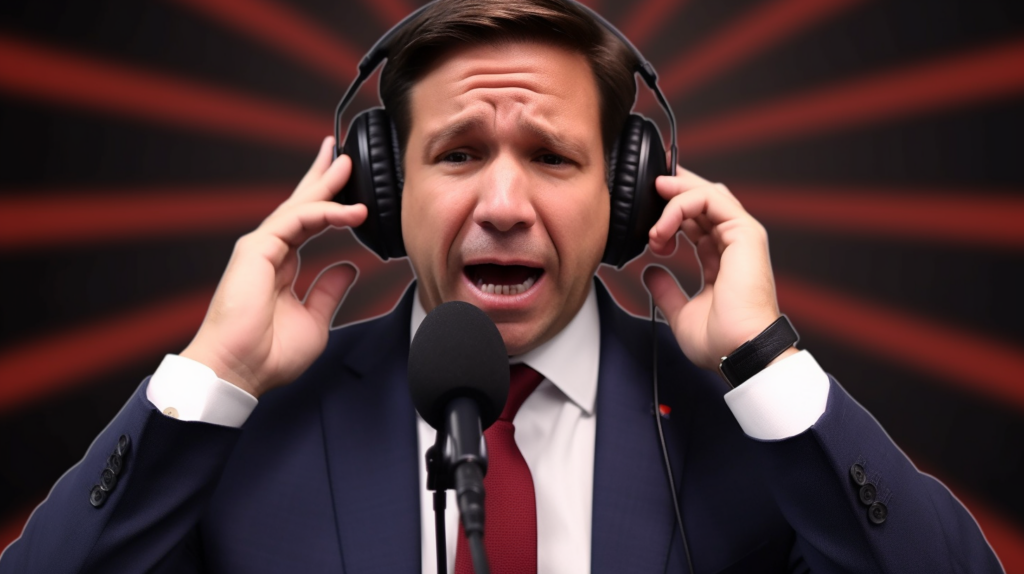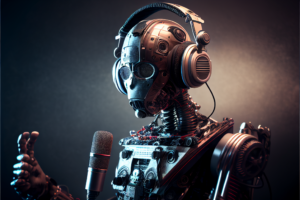If Ron DeSantis had used AM Radio instead of Twitter, he’d have had a much better week.

You’d think someone vying for the highest position in the land would bother to do a simple A/B comparison when evaluating a platform for making an announcement at scale.
Let’s try and matrix this out objectively:
| Feature | AM Radio | |
|---|---|---|
| Scale | Message delivered clearly to all listeners regardless of audience size. | Seemed to fail after about 100,000 users (roughly 1/4 of the audience that watched AOC play “Among Us” on Twitch) |
| Security | In order to “hack” or “impersonate” DeSantis, the perpetrator would need to be on site physically or be in possession of a 50,000 watt or so transmitter capable of overpowering the real signal | In the confusion, Elon Musk apparently accidentally gave control to someone with an $8 blue check mark pretending to be DeSantis who kicked everyone off the stream. |
| Immediacy | On analog AM radio, there is no delay at all between speaker and listener. With digital there is a short buffer period, but every listener still receives the message at the same time. | Due to encoding and buffering, there can be as much as 20 seconds of time between when a speaker on a live stream speaks and the listener receives it. Additionally, the longer listeners are connected the more out of sync they get with each other. |
| Cost | It costs the same amount to broadcast to 1 listener as 1,000,000, no matter how long you do it. | Cost increases incrementally with audience size. Streaming to 1,000,000 people can get very expensive the longer you do it. |
| Reliability | Radio stations have decades of experience of staying on the air regardless of weather, the power grid, and really everything else. | Lately Twitter and various pieces of it seem to be crashing fairly regularly, even without a “major” announcement. |
As you can see, there’s really no contest here.
As EV manufacturers are discovering, there are a whole host of things that radio (even AM Radio) is simply better at than any digital delivery system, and I say that as someone whose job it is to create and manage digital delivery systems.
Radio has always been the medium that we turn to when all else fails. Broadcasts continue during a power outage, and we can receive them with a simple hand crank. Everyone hears the same thing at the same time instead of living in our own little AirPod bubbles.
Radio needs to play up these strengths to continue to compete in the diverse marketplace we have today, but perhaps a few more of these object lessons will inspire anyone who needs a reliable, immediate, and secure way to reach a large audience to think of radio the next time they want to do something big.
Otherwise, it’s a recipe for DeSaster.




